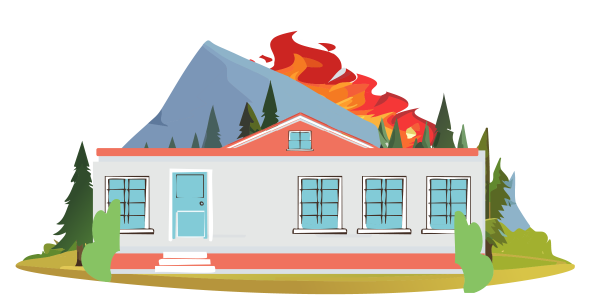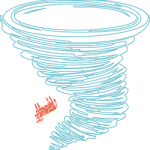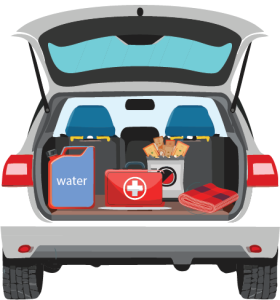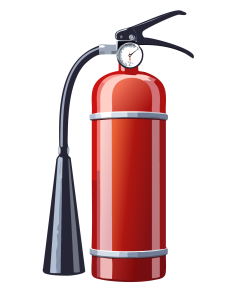
Wild fire Season is here. Here is what you can do to BeReady .
Take a look at the defensible space around your home.
Expect public safety power shut offs (PSPS) during extreme fire danger.
Obtain Battery back up for medical and communication devices
Have a couple days (minimum) food and water in the house
Don’t forget your neighbors!
BeReady to evacuate
Consider the needs of large and small farm animals
Keep an eye on the weather Install smoke detectors, Free help may be available or call your local fire department.
Get fire extinguishers and fire smothering blankets
Use generators and heaters properly and with proper ventilation, install Carbon monoxide detectors
Create an evacuation plan in the event of wild fire.
Know alternate routes out of your neighborhood.
Consider wearing dust masks or respirators during and after wild fire
Never leave campfires unattended, properly dispose of cigarettes and matches, and avoid igniting materials in dry conditions
Wildfires spread rapidly in dry conditions, especially when fueled by wind.
Keep vehicles out of dry grass
Avoid target shooting during extreme fire danger
Podcast: Play in new window | Download
Grow a garden
Preserve food
Get chickens
Get a Ham radio license
Get whole home battery back up
Electric bike

 Try to have at least half a tank of gas in your car at all times.
Try to have at least half a tank of gas in your car at all times. A
A 